Home wallpaper is quite good at bringing a room together. It allows you to completely change the character of a room in just a day’s work. As such, DIY wallpaper is an option that should be considered by anyone who wants to transform their interior spaces without going through the trouble of a full home remodeling project. There are many different wallpaper options to choose from, so you don’t have to settle for a basic white wallpaper. Instead, you have a number of textured wallpapers, beautifully matte colored wallpapers, and patterned wallpapers that are all presenting themselves in a fresh new light that isn’t necessarily old school.
But before you go out and buy some wallpaper to spruce up your living room, there are a few things to consider. When thinking about how to apply wallpaper, it’s important to consider some important details, such as how much wallpaper is needed, how best to install the wallpaper to hide seams, and how you should prep your walls.
Before Getting Started
The first thing to do is map out the room where you plan to apply your new wallpaper. This can be done easily with a single roll of the wallpaper of your choice. All you have to do is butt the roll into the corner of the wall you intend to start rolling out the wallpaper from and mark the edge with a pencil. Butting in this context refers to the seams between wallpapers, which will have small overlaps to preserve your wallpaper’s pattern and make everything look seamless. This type of wallpaper seam is known as a “butt seam”.
Then, use this mark to find where the other edge of the wallpaper will be and mark this as well. Once this is done all that is left to do is repeat the process with the same roll along the wall so you know where every seam will be when you apply the wallpaper for real. Another pre-measurement task to check off your to-do list is to use a plumb line.
A plumb line is a method of measurement that is used to figure out the length of a vertical line on an upright surface of a wall. This is pretty useful for showing you precisely where the seams will go. Use a level and draw a straight plumb line about 1/4 inches past where you want the first panel of paper to end. Take into account that inside corner seams need to be overlapped by at least 1/8 inches.
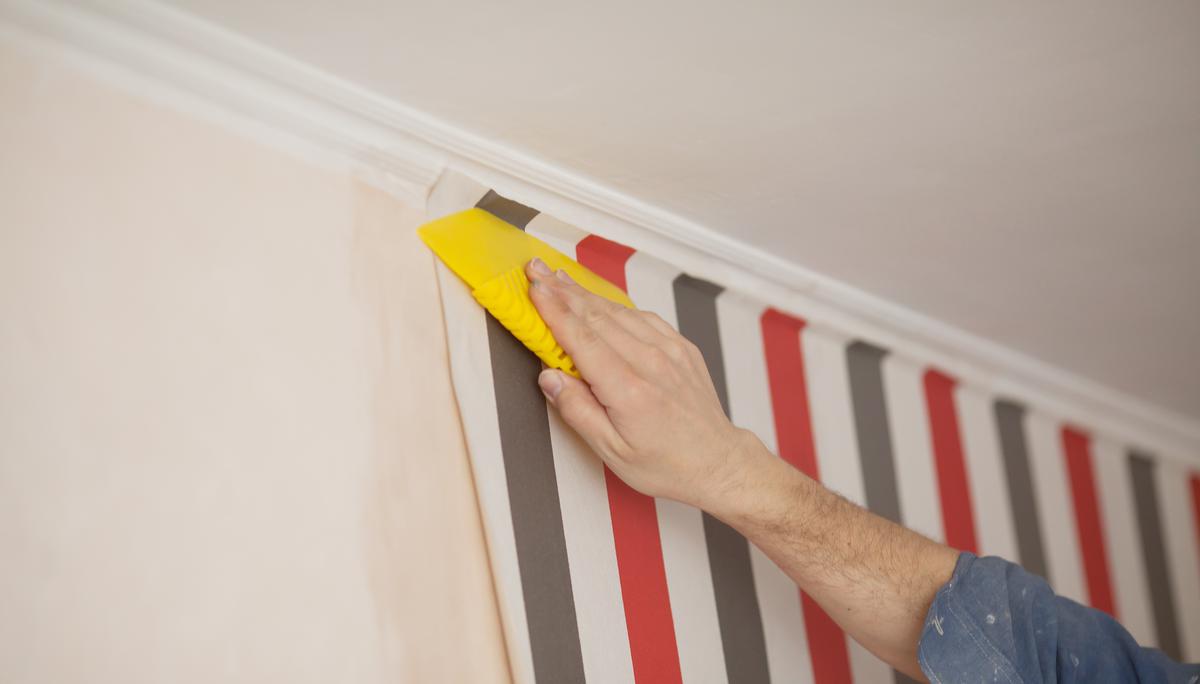
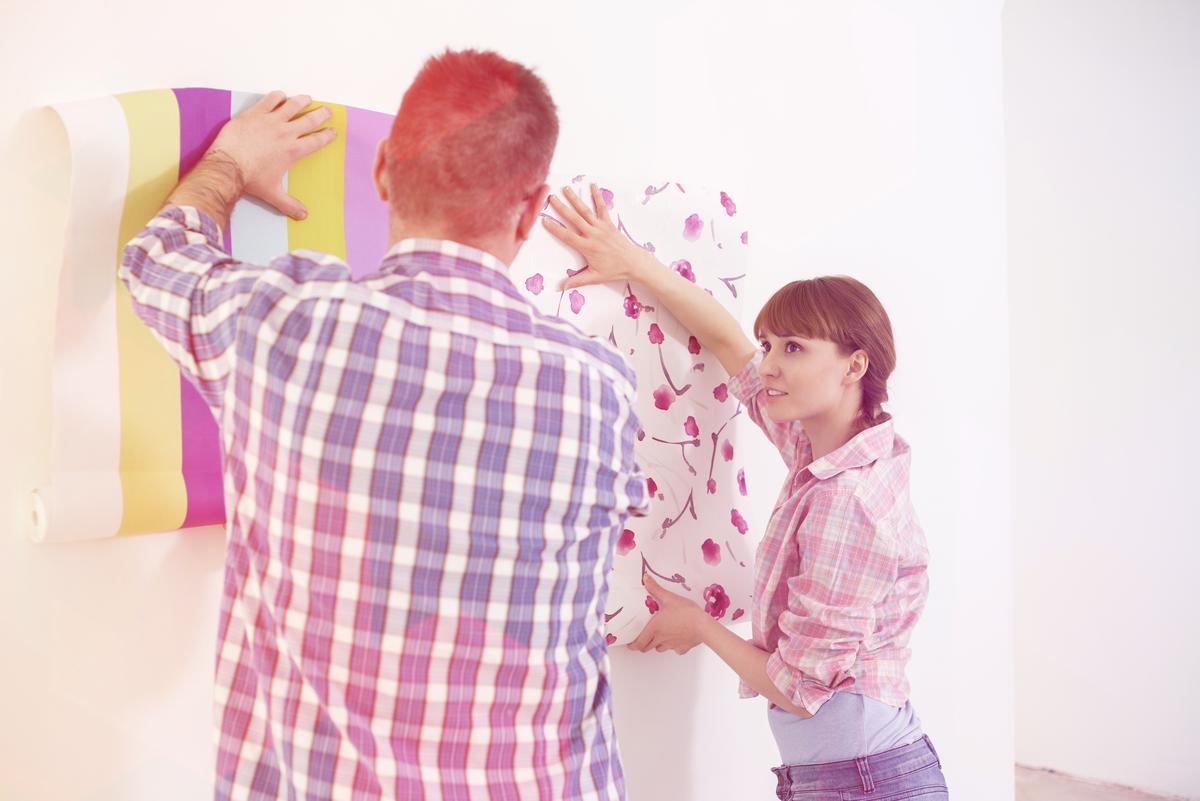
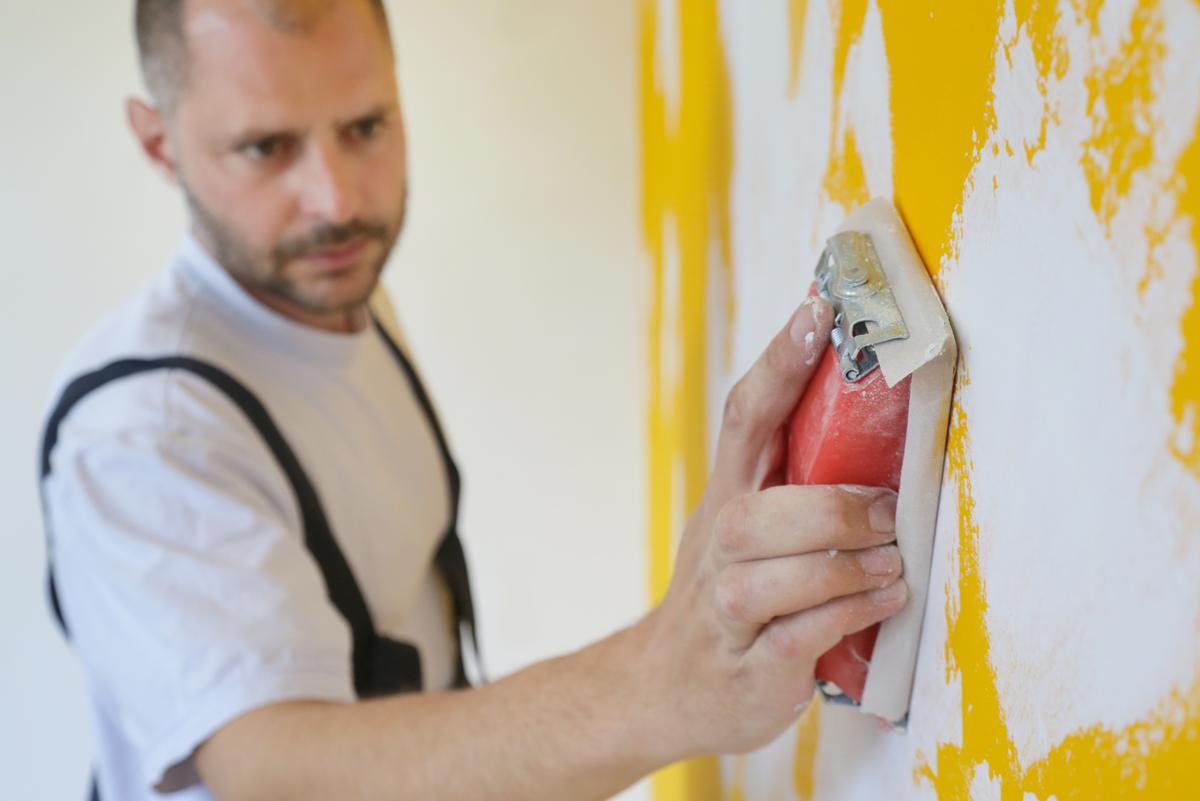
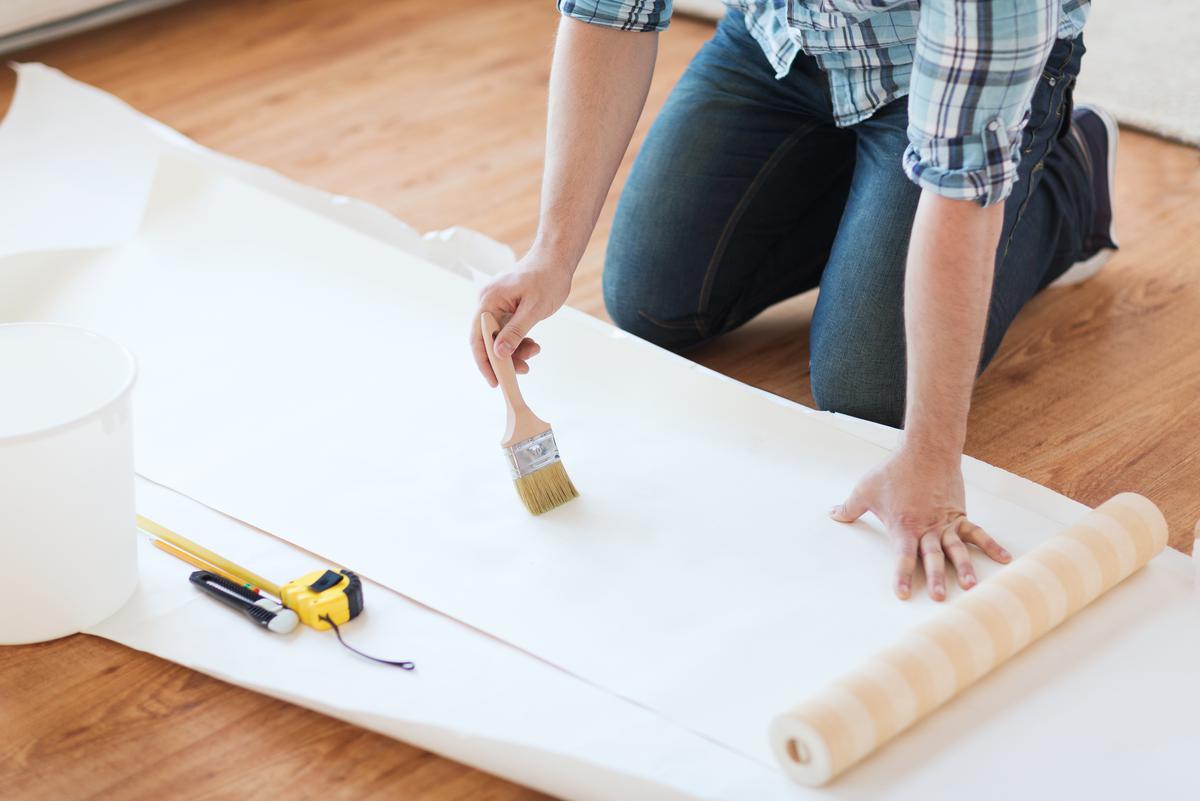
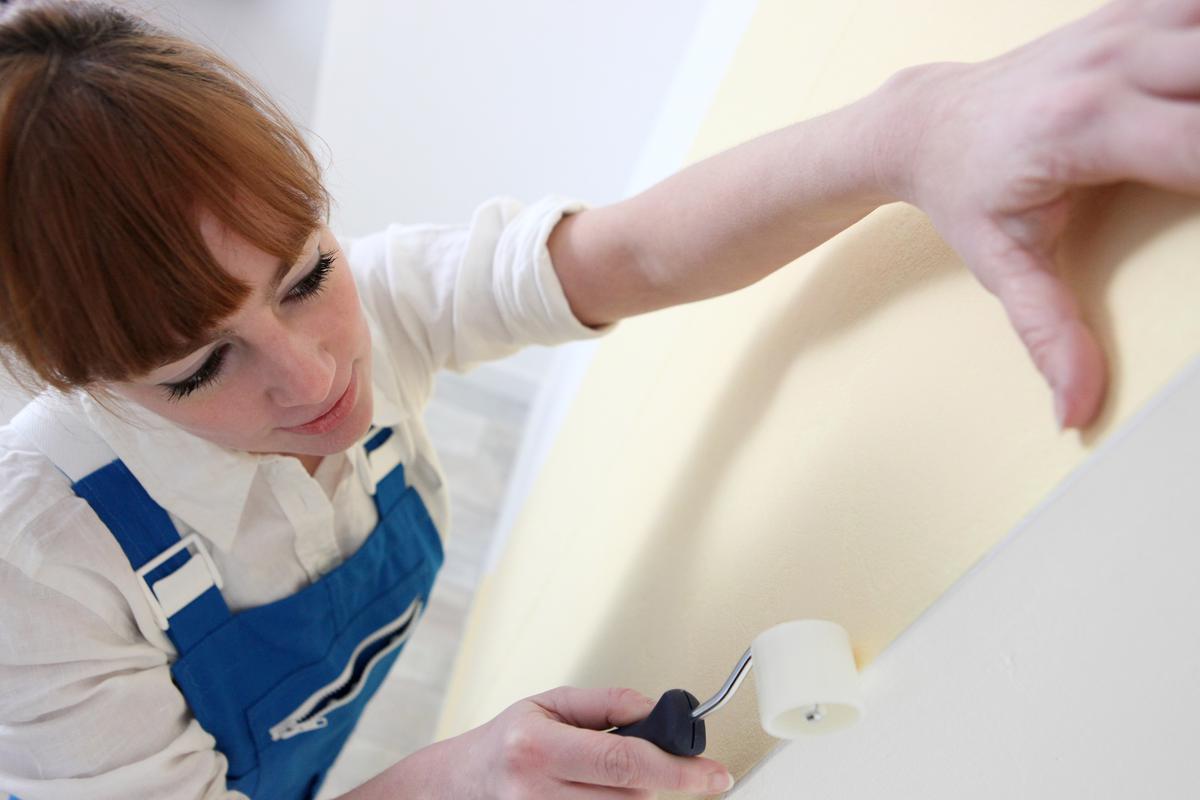
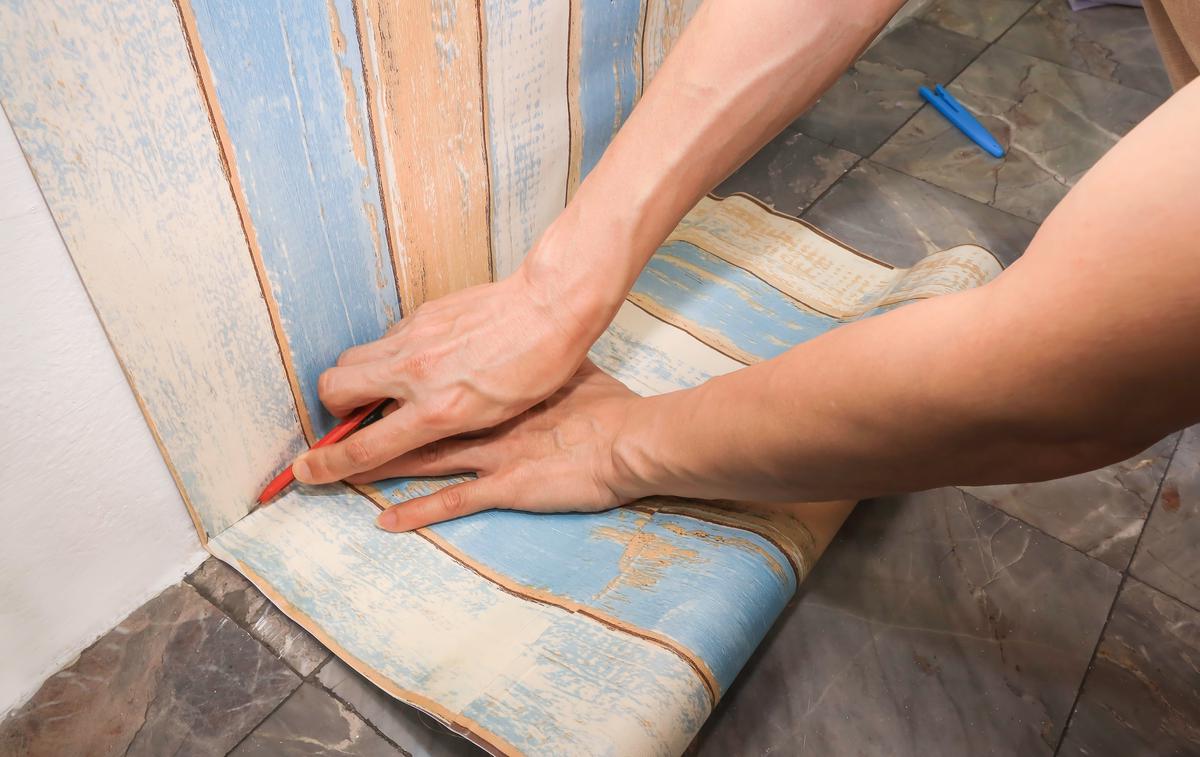
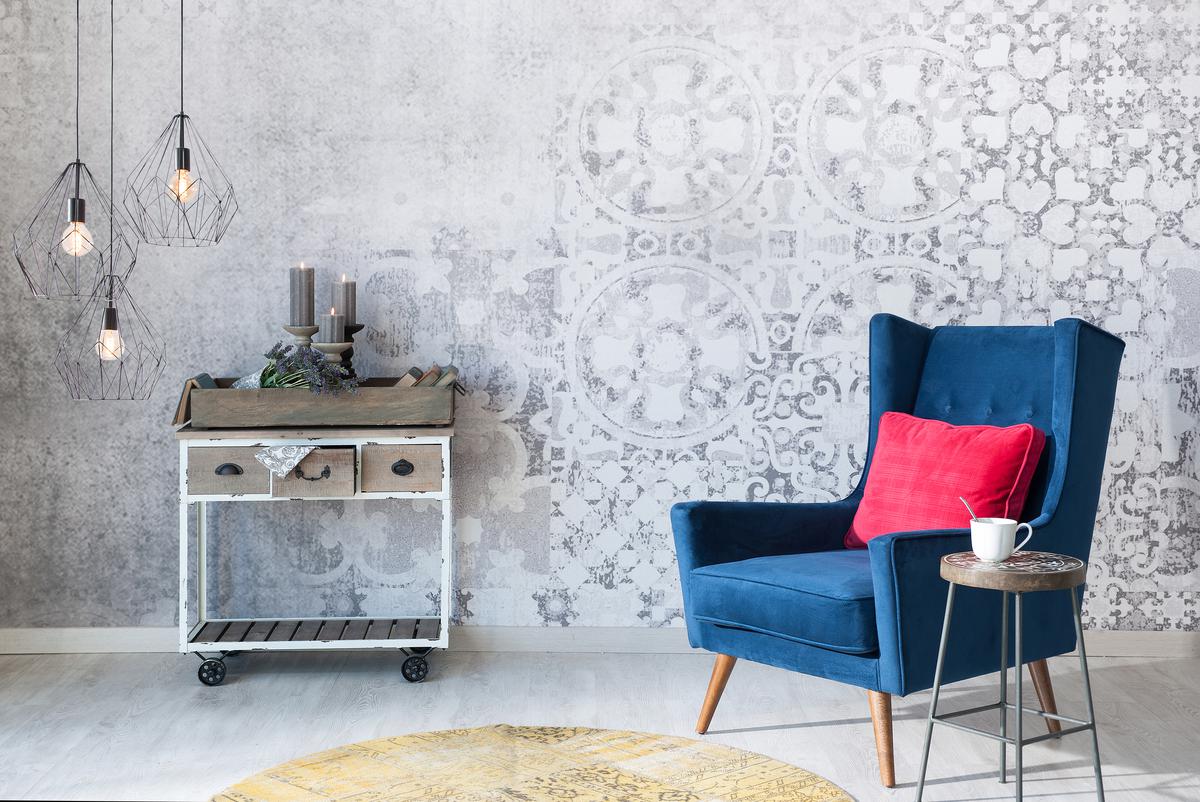




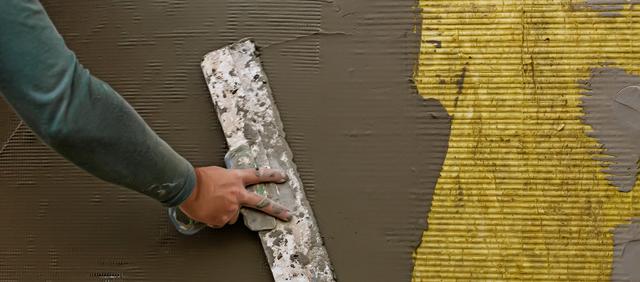
comments